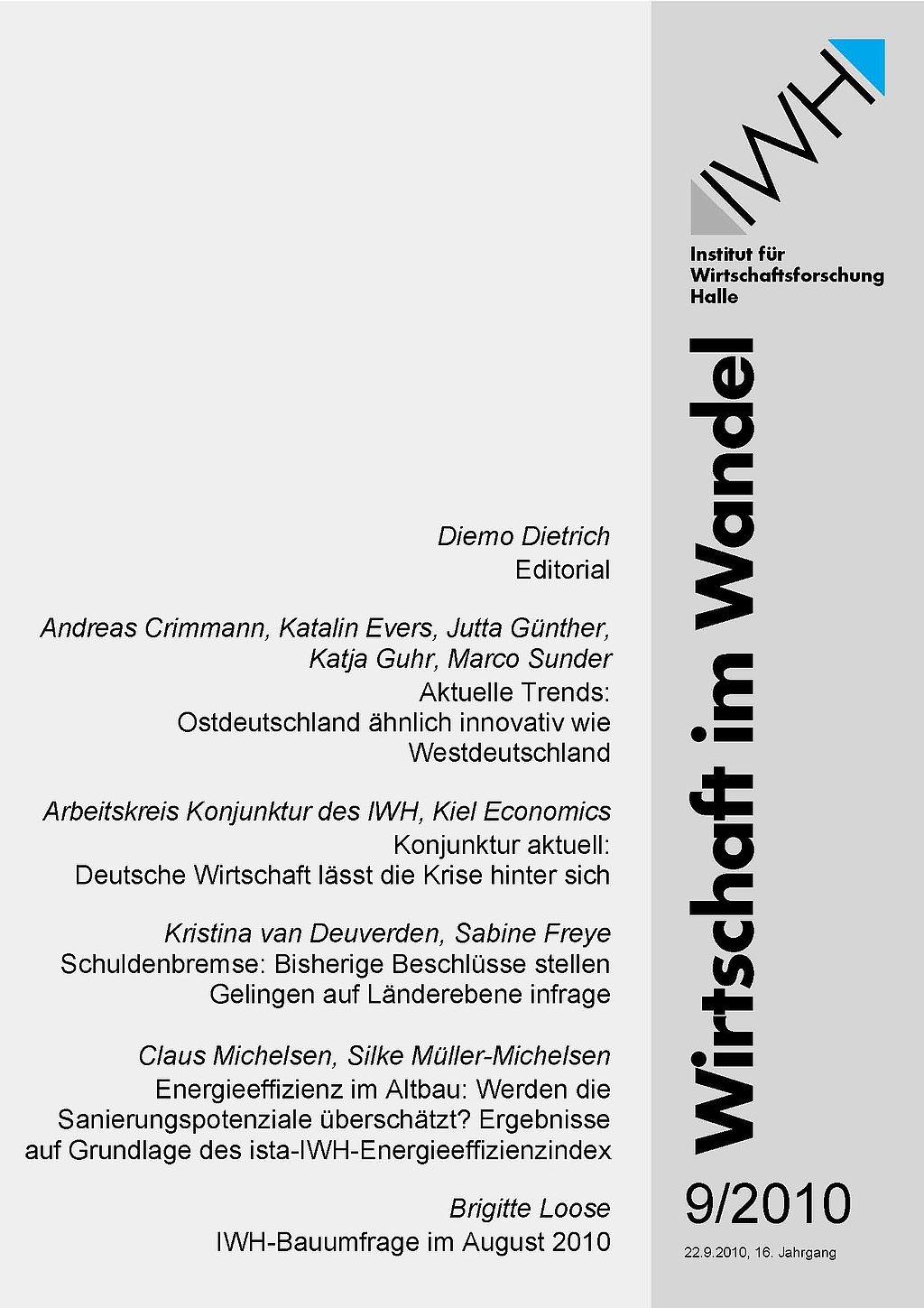
The German New Fiscal Rule (Schuldenbremse): Previous Agreements Question Success on the Länder Level
Starting in 2011, Germany will have a new fiscal rule to limit indebtedness - the debt brake. To encourage the functioning of this regulation on federal and Länder level, an advice board (Stabilitätsrat) was founded in April 2010. In a first step he selected four key numbers and defined thresholds. This article focuses on the chosen indicators and thresholds on Länder level by evaluating the effectiveness of both, the key figures themselves and their thresholds. We are analyzing time series from 1995 to 2009. The findings show that in general, the chosen figures are able to indicate a possible debt risk. However, the threshold values of the advice board endanger the effectiveness of the debt brake. This danger is especially caused by the mode of calculation: The thresholds are based on an average of German Länder. For this reason, only extremely negative household developments are pointed out. Furthermore, the new German debt brake is fundamentally based on the structural budget balance. Nevertheless, this key figure has not directly been chosen by the board. The approach of the board can be explained by the fact that there is - so far - no agreement between the federal level and the Länder how to calculate the structural balance on the Länder level. This circumstance is precarious, because the debt brake cannot step really into force without the calculation of the structural budget balance for the Länder. For this reason, we try to close this vacancy by proposing a possible calculating mode for the structural part of the budget. The results of this calculation are indicating that on average the fiscal policy of the Länder was not sustainable. Key numbers as defined by the board indicated this only for a few of the Länder. From our point of view policy urgently has to act – otherwise the debt brake might not be successful.




